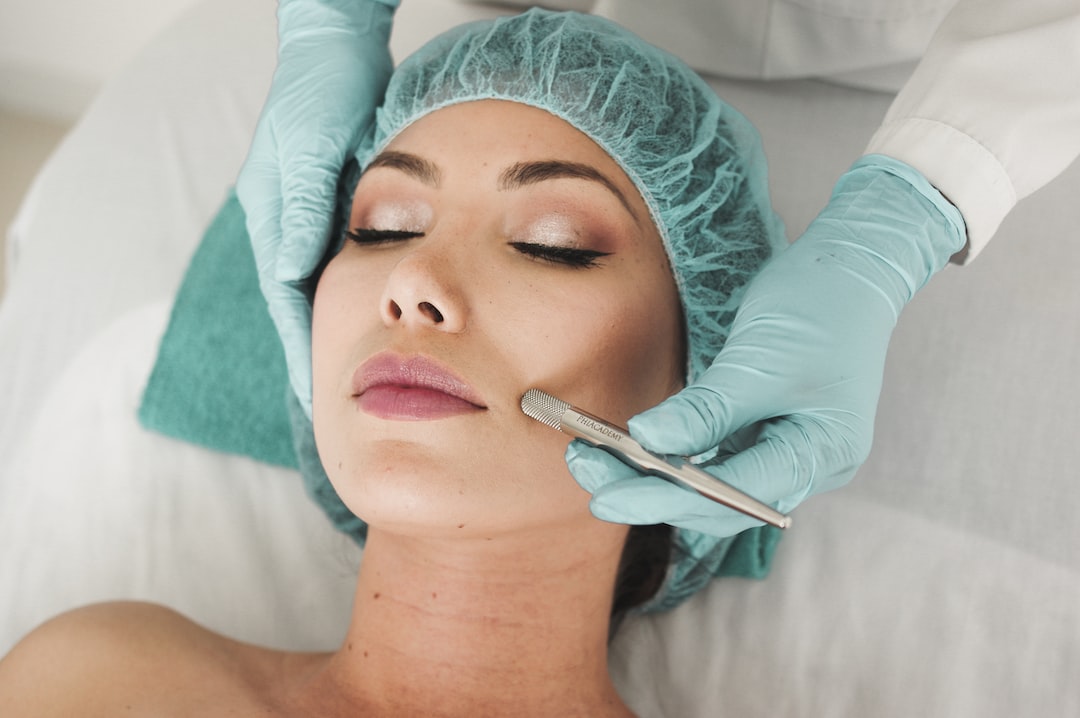The Science Behind Hair Growth: Myths and Facts
Hair growth has long been a topic of fascination and speculation. From ancient folklore to modern-day beliefs, numerous myths and misconceptions have emerged around the process of growing hair. However, understanding the science behind hair growth is essential to debunk these myths and embrace the truth. In this blog post, we will explore the science behind hair growth, discuss common myths, and separate fact from fiction.
Hair growth, like many biological processes, is complex and influenced by various factors. The growth of hair occurs in cycles, and each hair follicle undergoes three different phases: anagen, catagen, and telogen. The anagen phase is the active phase where hair grows, and it typically lasts for two to six years, depending on individual genetic factors. During the catagen phase, which lasts for about two weeks, hair growth slows down and the hair follicle begins to shrink. Finally, the telogen phase is characterized by rest, lasting approximately two to three months, before the hair is shed and a new one replaces it.
Now that we understand the basic hair growth cycle, let’s address some common myths and separate them from the facts.
Myth 1: Cutting hair makes it grow back thicker and faster.
Fact: The thickness and speed of hair growth are determined by the hair follicle itself, which is situated below the skin surface. Cutting hair does not impact the size or number of active hair follicles, so it does not affect the thickness or speed of hair growth.
Myth 2: Frequent washing of hair leads to hair loss.
Fact: Washing hair frequently does not cause hair loss. In fact, maintaining a clean scalp is beneficial for overall scalp health and helps to maintain the optimal conditions required for hair growth. However, harsh shampoos and excessive heat from blow dryers or straighteners can damage the hair shaft, leading to breakage and hair loss.
Myth 3: Massaging the scalp stimulates hair growth.
Fact: While scalp massage can promote relaxation and increase blood circulation to the scalp, there is no scientific evidence to suggest that it directly stimulates hair growth. However, adequate blood flow to the scalp is vital for the nourishment of hair follicles, so relaxing scalp massages may indirectly support healthy hair growth.
Myth 4: Wearing a hat leads to baldness.
Fact: Wearing hats does not cause baldness. Hair loss is primarily influenced by genetics and hormonal factors, rather than external factors like headwear. However, it is important to choose hats that fit well and allow proper ventilation to avoid excessive sweating, which can lead to scalp irritation and potentially affect hair health.
Myth 5: Plucking a grey hair results in more grey hair growth.
Fact: Plucking out a grey hair will not cause more grey hair to grow in its place. However, repeated plucking can damage the hair follicle, leading to permanent hair loss in that area. It is advisable to embrace your natural hair color and avoid excessive plucking.
Myth 6: Using hair products can reverse baldness.
Fact: Despite numerous hair products claiming to reverse baldness or stimulate hair growth, there is currently no scientific evidence to support these claims. Hair growth is primarily determined by genetics and can be influenced by other factors such as nutrition, stress levels, and overall health. While some products may improve the appearance of hair, they cannot reverse baldness.
Understanding the science behind hair growth helps dispel common myths and allows us to make more informed decisions when it comes to hair care. Factors such as genetics, hormone levels, nutrition, and overall health play crucial roles in determining hair growth. While there are no magical solutions for growing hair faster or reversing baldness, maintaining a healthy lifestyle, using gentle hair care products, and avoiding excessive heat or chemical treatments can help promote optimal hair health.
In conclusion, the fascinating science behind hair growth reveals that many commonly held beliefs are mere myths. By separating fact from fiction, we can better understand our hair and optimize our hair care routines for healthier, more vibrant locks.


